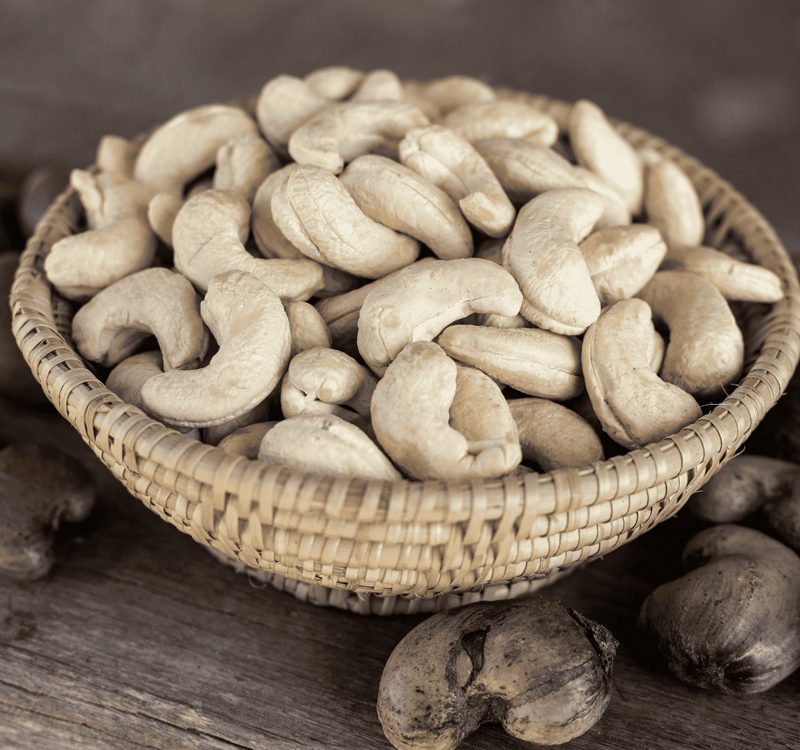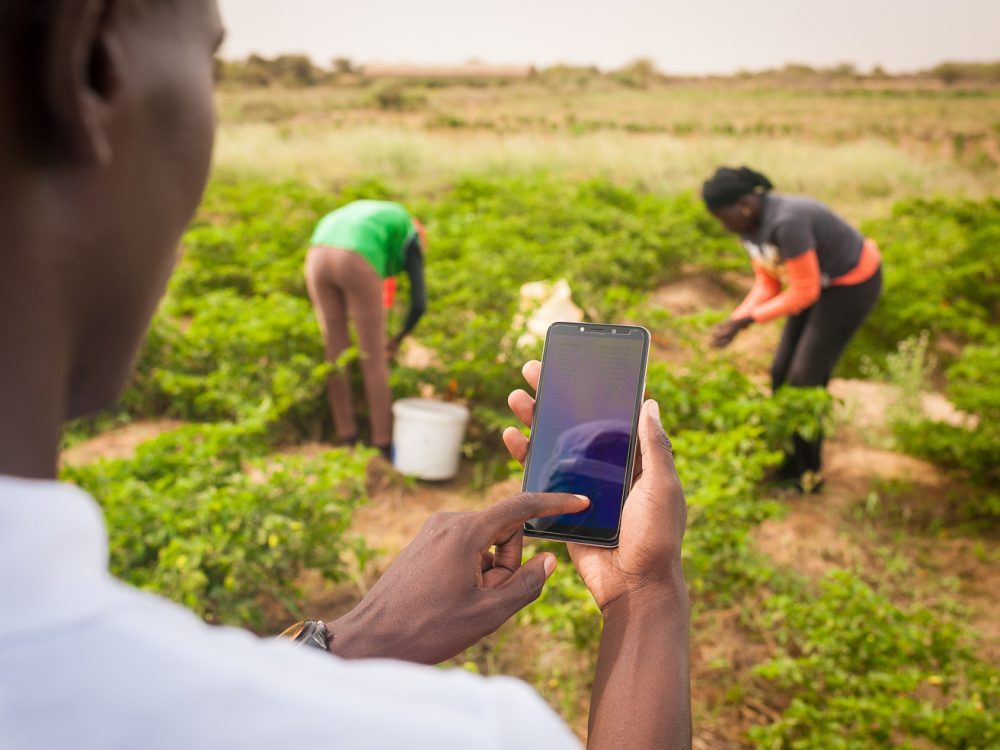You Will Never Believe What Data Farce People Fall For!
Literacy rates are commonly tracked across the globe. A foreseeable indicator to be tracked in the future as we head further and further into a data driven world will be data literacy rates. While harder to define and track, understanding these key 12 guidelines for spotting bad data analysis would be included in my definition of being data literate.
Starting with sensationalized headlines (how many links have you clicked on that started similar to the title of this post?), these 12 points cover basic issues with data claims that we all will need to be aware of as data increasingly blankets our day to day, such as knowing the difference between correlation and causation.
On the flip side, it’s increasingly important that media know how to how to interpret data well. Not only because it is a valuable tool to tell a story, but so that they can avoid making those same 12 data analysis pitfalls. More and more journalism is moving into data visualization and analysis, as outlined in this post about the media in Africa taking further advantage of the increasing amount of open data.
While important for data analyzers and data readers, it’s imperative to start off with good, quality data. ODI has launched a report about how the data available to development stakeholders, and how it is insufficient for the needs of a world that seeks to eradicate poverty, and the ways we might use new uses and forms of data to reach our goal.
90% of all data readers believe the majority of statistics they read, I figure we should all second-guess (since I made it up), and a topic to truly consider as we seek to make data more available to the masses.
This piece was originally posted on the First Tranche. Image from Bitss.org.
Share This Post
Related from our library

Introducing The HackCorruption Civic Tech Tools Repository
Introducing the Civic Tech Tools Repository: an open-source hub of digital solutions to fight corruption. Designed for growth through GitHub contributions, it brings together tools, code, and resources across six key areas for HackCorruption teams and beyond.

Building a Sustainable Cashew Sector in West Africa Through Data and Collaboration
Cashew-IN project came to an end in August 2024 after four years of working with government agencies, producers, traders, processors, and development partners in the five implementing countries to co-create an online tool aimed to inform, support, promote, and strengthen Africa’s cashew industry. This blog outlines some of the key project highlights, including some of the challenges we faced, lessons learned, success stories, and identified opportunities for a more competitive cashew sector in West Africa.

Digital Transformation for Public Value: Development Gateway’s Insights from Agriculture & Open Contracting
In today’s fast-evolving world, governments and public organizations are under more pressure than ever before to deliver efficient, transparent services that align with public expectations. In this blog, we delve into the key concepts behind digital transformation and how it can enhance public value by promoting transparency, informing policy, and supporting evidence-based decision-making.